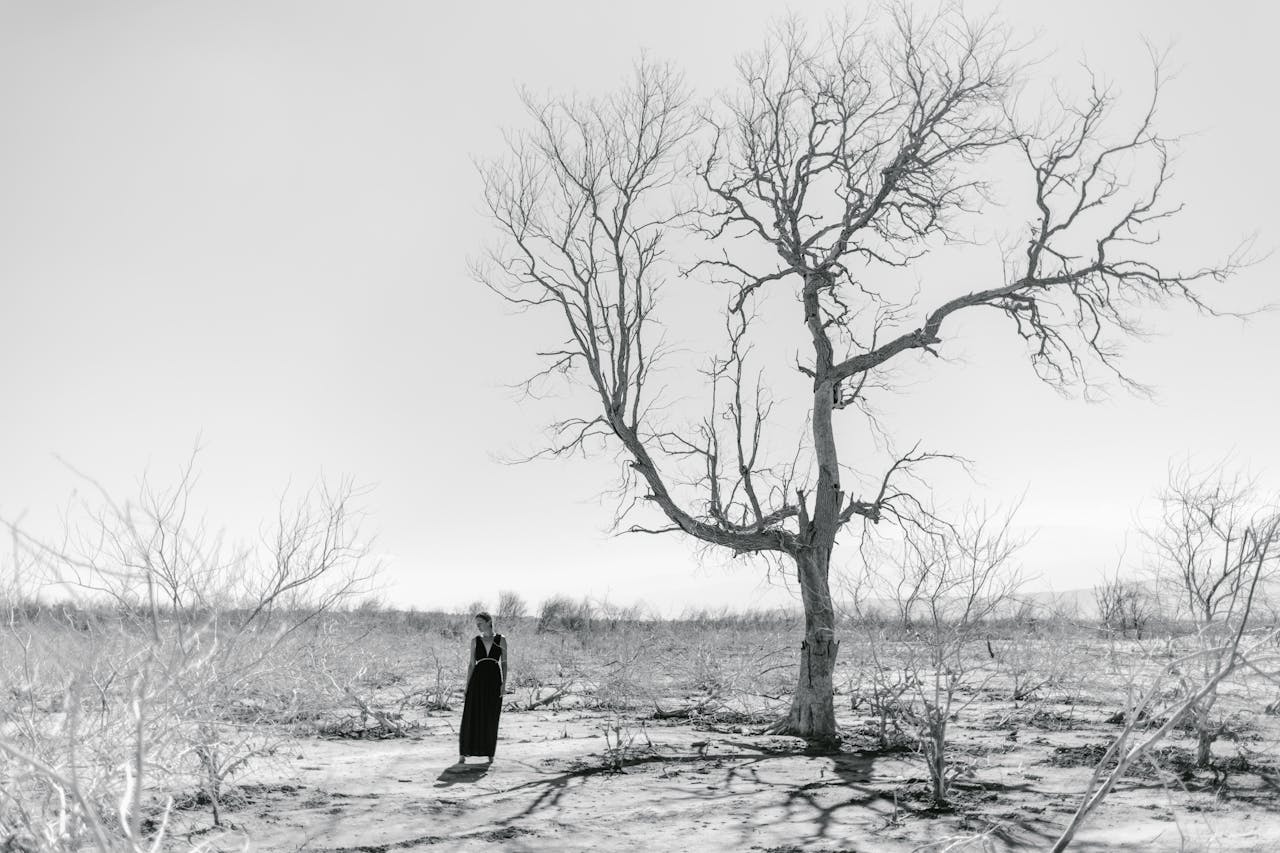Numerous disaster occurrences are simply too big for governments to handle alone. Hence, this is where disaster relief nonprofit comes in. These organisations are known to undertake rescue and recovery initiative to ensure community sustainability.

- Relief International works to preserve lives, enhance overall health and wellness, and foster increased adaptability.
- United Way of Jamaica is known for its effective disaster relief operations, particularly in the agricultural industry.
What are the top disaster relief Nonprofits in Jamaica?
In this article, we will highlist some of the most outstanding disaster relief nonprofits in Jamaica.
1. United Way of Jamaica (UWJ)
United Way of Jamaica is known for its effective disaster relief operations, particularly in the agricultural industry. The energetic and nonpartisan organisation offers services that unites agencies, donors, and volunteers. By and large, its ultimate goal is to serve underprivileged individuals on a national and local basis.
Also, the United Way of Jamaica convenes stakeholders, community leaders, volunteers, and funders to tackle urgent issues within the community. To support a wide range of services, the nonprofit works to create relationships and invest resources. During disasters, UWJ collaborates with its partners to provide relief and undertake restoration projects.
2. Food For The Poor (FFTP)
FFTP is known for its consistent support for underprivileged families. Some of its services include providing food, housing, emergency relief, and much more. The economic situation in Jamaica has resulted in a rise in violent crime, pervasive food insecurity, and substandard housing conditions. Consequently, this has resulted in high poverty rates, a lack of resources, and a lack of work opportunities. To address these needs, FFTP since 1981 has been providing crucial aid to citizens.
Presently, the nonprofit is the largest charity organisation on the island. Also, more than 1,300 churches and organisations collaborate with FFTP to provide food, medicine, school supplies, and other necessities to underprivileged families. FFTP, in 2023, dispatched disaster relief kit, fully stocked to sustain 250 families in the case of a crisis. In addition, over 322 schools in Jamaica have been constructed, renovated, or enlarged by FFTP.
3. Habitat for Humanity
Habitat for Humanity is renowned for its assistance to three of the most vulnerable Jamaican communities. The nonprofit stands out for creating development plans and ensuring disaster risk reduction. As a result, over 65,000 residents of Gregory Park, Newlands, and Naggo Head in the Portmore municipality were equipped to prepare for natural disasters. This includes hurricanes and tropical storms (which can cause flooding and contaminate ground water), as well as seasonal droughts that are made worse by ineffective land management techniques.
Habitat for Humanity is also known for its “Building Resilience and Capacities for Emerging Disasters” (BRACED) project. Overall, the international nonprofit is recognised for its global impact and emergency support.
4. Foursquare Disaster Relief (FDR)
Foursquare Disaster Relief is a nonprofit that provides partner churches in disaster-affected areas across the world with much-needed materials and volunteers. Also, thousands of donors and volunteers make up Foursquare Disaster Relief (FDR). These individuals donate their time and resources to help others rebuild their lives and lessen their pain.
The organisation serve as peacemakers in the event of a crisis. To begin with, FDR organises volunteers to urgently gather goods and set up relief distribution points. In addition, FDR provides crisis training to local pastors so they can easily share the good news of Christ in the midst of calamity. In summary, the organisation delivers the disaster assistance services that survivors solely need to rebuild during continuing humanitarian catastrophes.
5. Relief International
Relief International’s 7,000+ employees and volunteers work to effectively address the dynamic needs of communities impacted by disasters, conflict, and climate change. Essentially, the nonprofit’s operation is made possible through its combined knowledge and adaptability.
Through its collaborative efforts, Relief International works to preserve lives, enhance overall health and wellness, and foster increased adaptability. Also, the nonprofit prioritizes building community resilience and bolstering healthcare systems. Relief International promotes long-term health and wellbeing in communities affected by climate change, conflict, and disaster.
Conclusion
Now more than ever, we are aware that no individual or society is immune to the effects of severe calamities, from wildfires and tsunamis to worldwide pandemics and civil unrest. Through the aid of disaster relief nonprofits, communities can enjoy prompt recovery and long term sustainability.
If this article resonates with you, we welcome your thoughts, suggestions, and questions.


